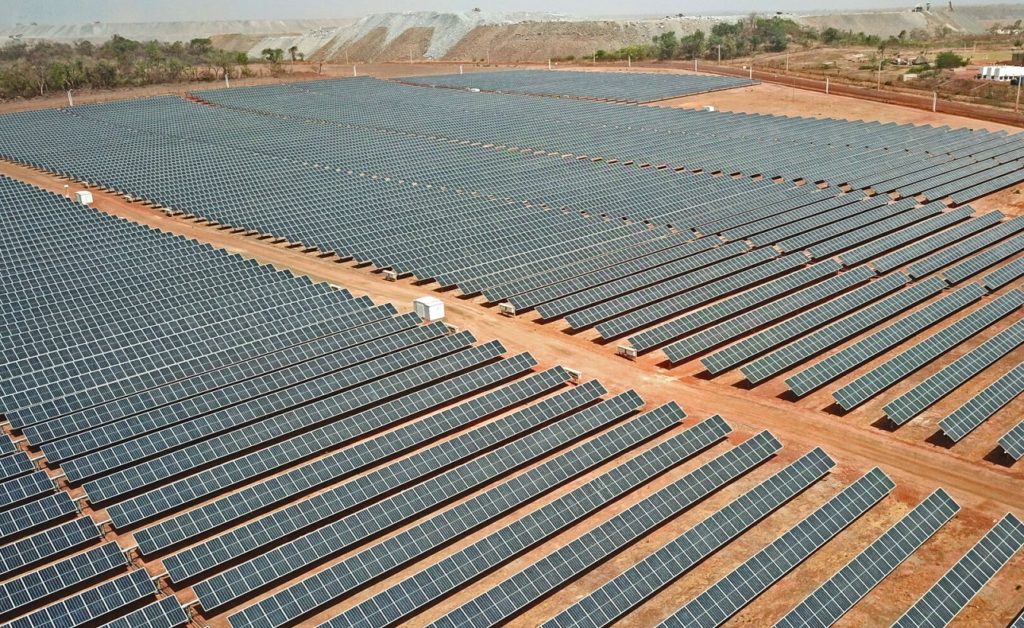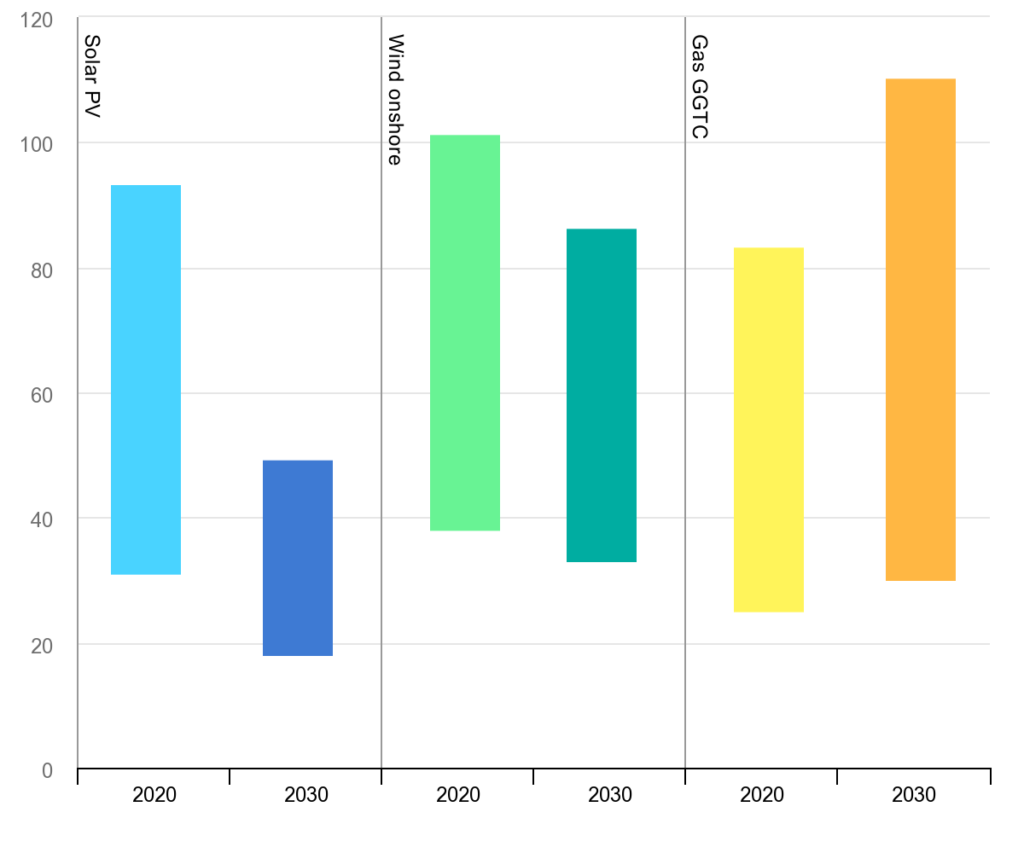
Solar PV will lead new capacity additions in Africa, reaching a total installed capacity of 125GW by 2030, according to a report from the International Energy Agency (IEA).
Installed total power generation capacity will almost double on the continent by 2030, rising from 260GW at the beginning of the decade to 510GW by the end, of which 125GW will be solely from solar PV.
Unlock unlimited access for 12 whole months of distinctive global analysis
Photovoltaics International is now included.
- Regular insight and analysis of the industry’s biggest developments
- In-depth interviews with the industry’s leading figures
- Unlimited digital access to the PV Tech Power journal catalogue
- Unlimited digital access to the Photovoltaics International journal catalogue
- Access to more than 1,000 technical papers
- Discounts on Solar Media’s portfolio of events, in-person and virtual
The African Energy Outlook 2022 report estimates that between 2021 and 2030 over 40% of total capacity additions will come from solar PV.
Renewables will have an important role to provide new installed renewable capacity as Africa looks set to increase its demand by 75% by the end of the decade, going from 680TWh to 1.180TWh in 2030.
Moreover, solar PV will overtake hydropower as the first source of renewables in terms of total installed capacity and will have almost closed the gap with natural gas by 2030, the report said.
“Africa is home to 60% of the best solar resources globally, yet only 1% of installed solar PV capacity. Solar PV – already the cheapest source of power in many parts of Africa – outcompetes all sources continent-wide by 2030,” according to the IEA. PV Tech Premium has explored how energy sector neo-colonialism has held the continent back from greater renewable roll-out.
China’s announcement in 2021 to cease financial support to coal-fired projects, with the intention to instead increase investment in renewables in Africa, could cover half of solar PV additions by 2025, if it redirected the 15GW of coal projects cancelled into utility-scale solar, according to the report.
Renewables (solar and wind) are already cheaper than gas and coal plants in most of Africa and this trend will continue throughout the decade with prices lowering even more, while gas will increase (see chart). By the end of the decade, solar PV and wind will be providing 27% of power generation, eight-times more it currently does.

Meanwhile, Africa will have a critical role in clean energy technologies as it holds almost 40% of global reserves of cobalt, manganese and platinum, which are key minerals for batteries and hydrogen technologies.
Another key aspect Africa will have to face will be the improvement of its grid, with annual investments of US$40 billion for the period between 2026-2030 playing a “critical” role to improve system reliability.
The continent has currently 600 million citizens without access to electricity, representing 43% of the total population and with most of them coming from the Sub-Saharan region.
Gaining access to electricity will primarily come from the national grid for 42% of the people by 2030, the IEA said, while stand-alone and mini-grids, mostly powered by solar PV, will have a significant role for rural areas without proximity to the grid.
In the Sub-Saharan region, nearly 30% of new households connections will come from mini-grids in communities living more than 10km away from a main grid, with 300MW of yearly capacity additions over 2021-2030, of which 225MW will be based on solar PV.
The region will also have one of the fastest growths in terms of solar PV penetration, passing from non-existent levels in 2020 to 20% by 2030, the IEA predicted.







